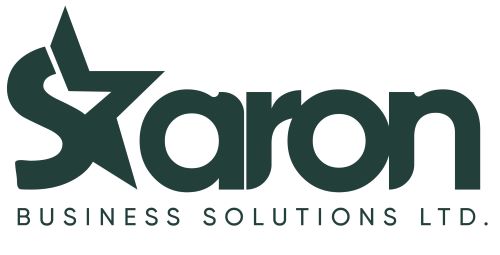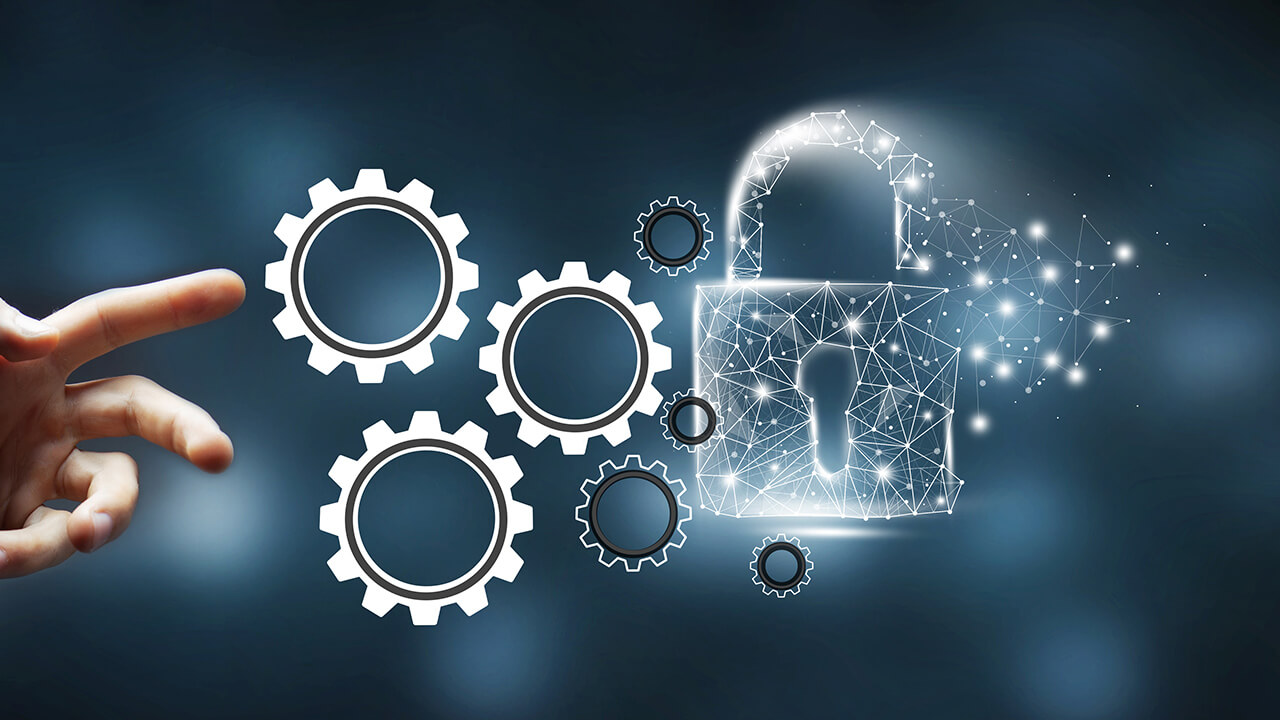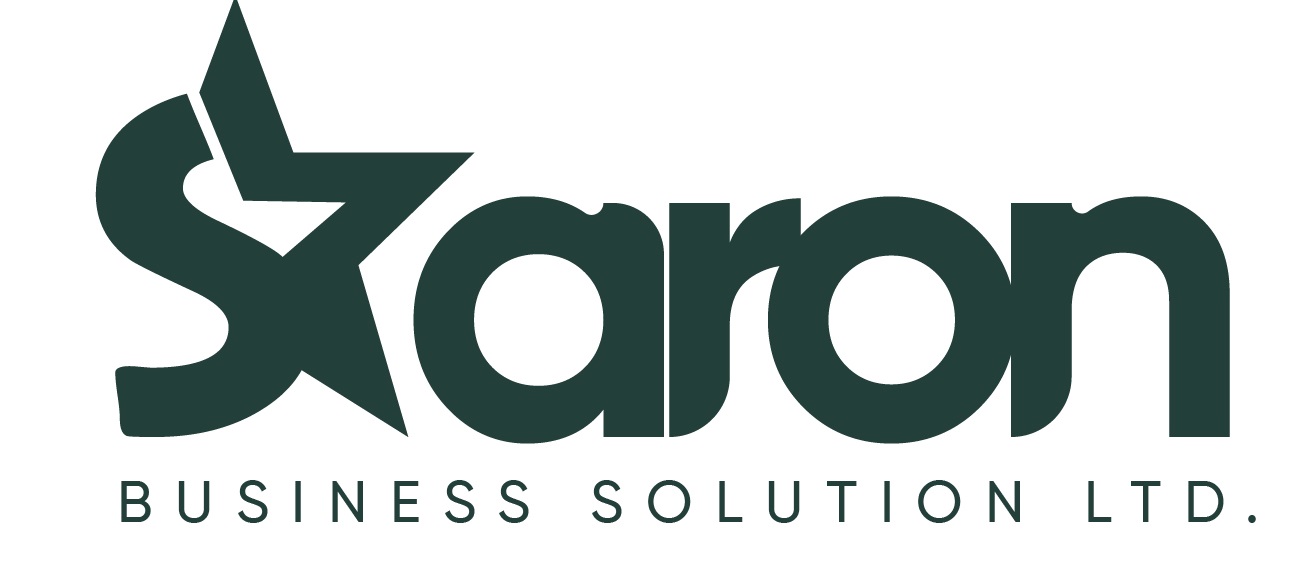Enterprise Risk Management (ERM) is no longer a luxury but a fundamental necessity for organizations of all sizes in today’s dynamic and unpredictable business landscape. It represents a holistic, integrated approach to identifying, assessing, managing, and monitoring all types of risks that could impact an organization’s objectives, from strategic and operational to financial and reputational.
“ Traditional, siloed risk management approaches are often insufficient to address this interconnectedness and complexity. ERM provides the framework to view risks across the entire organization, fostering a more proactive and integrated response.”
I. The Evolving Risk Landscape
The world is characterized by constant change and increasing complexity. Organizations face a multitude of risks that are interconnected and can rapidly escalate:3
- Technological Advancements: Rapid technological evolution brings both opportunities and significant risks (e.g., cyber-attacks, data breaches, AI ethics).4
- Geopolitical Instability: Global conflicts, trade wars, and political shifts can disrupt supply chains, impact markets, and create operational challenges.5
- Economic Volatility: Inflation, recessions, interest rate fluctuations, and market downturns directly affect financial stability and strategic planning.
- Regulatory Scrutiny: Governments and industry bodies are imposing increasingly stringent regulations (e.g., data privacy laws like GDPR, industry-specific compliance requirements), leading to higher compliance risks and potential penalties.6
- Environmental and Social Concerns: Climate change, natural disasters, and growing stakeholder expectations around environmental, social, and governance (ESG) factors present significant reputational and operational risks.7
- Competitive Pressures: Intense competition, disruptive innovations, and changing consumer behaviors necessitate agility and effective risk management to maintain market share.
Traditional, siloed risk management approaches are often insufficient to address this interconnectedness and complexity.8 ERM provides the framework to view risks across the entire organization, fostering a more proactive and integrated response.9
II. Key Reasons for the Need of ERM
A. Enhanced Decision-Making
- Holistic View of Risks: ERM provides a comprehensive, enterprise-wide view of all potential risks, rather than managing them in isolation within departments.10 This allows leaders to understand how different risks interact and their cumulative impact on strategic objectives.11
- Informed Strategic Planning: By integrating risk considerations into strategic planning, ERM helps organizations make better-informed decisions about growth initiatives, market entry, product development, and resource allocation, ensuring that risks are understood in the context of desired outcomes.12
- Better Resource Allocation: ERM helps prioritize risks based on their likelihood and impact, enabling organizations to allocate resources (financial, human, technological) more efficiently to the most critical areas, rather than reacting to problems as they arise.13
B. Improved Business Resilience and Continuity
- Proactive Risk Identification: ERM encourages continuous identification of emerging risks, allowing organizations to anticipate and prepare for potential disruptions before they escalate into crises.14
- Crisis Preparedness: By developing robust incident response and business continuity plans as part of the ERM framework, organizations are better equipped to respond to unforeseen events, minimize downtime, and recover more quickly.15
- Reduced Financial Losses: Proactive risk mitigation through ERM can prevent or significantly reduce the financial impact of adverse events, such as lawsuits, regulatory fines, operational failures, and reputational damage.16
C. Stronger Governance and Compliance
- Regulatory Compliance: ERM helps organizations navigate the complex landscape of regulatory requirements by systematically identifying, monitoring, and addressing compliance risks.17 This reduces the likelihood of penalties, legal issues, and reputational damage.18
- Increased Accountability: ERM establishes clear roles, responsibilities, and accountability for risk management across all levels of the organization, from the board of directors to individual employees.19
- Enhanced Stakeholder Trust: Demonstrating a commitment to effective risk management through ERM builds confidence among investors, customers, regulators, and other stakeholders, enhancing the organization’s reputation and long-term viability.20
D. Creation of a Risk-Aware Culture
- Shared Understanding of Risk: ERM fosters a common language and understanding of risk throughout the organization, breaking down departmental silos and promoting cross-functional collaboration in risk management.21
- Employee Engagement: When employees at all levels are trained and empowered to identify and report risks, it creates a more vigilant and proactive workforce, contributing to overall organizational security and resilience.22
- Balancing Risk and Opportunity: ERM helps organizations define their “risk appetite” – the level of risk they are willing to accept to achieve their objectives.23 This allows them to take calculated risks that support growth while staying within acceptable boundaries.24
E. Competitive Advantage
- Agility and Adaptability: Organizations with mature ERM programs are more agile and adaptable to changes in the market and external environment.25 They can quickly adjust their strategies and operations to seize opportunities or mitigate threats.26
- Innovation with Control: ERM doesn’t just focus on avoiding risks; it also helps identify and capitalize on opportunities that might be overlooked by competitors who lack a systematic approach to risk assessment.27
- Improved Operational Efficiency: By identifying and addressing operational risks, ERM can lead to streamlined processes, reduced inefficiencies, and cost savings.28
III. Implementing ERM: A Continuous Process
The need for ERM isn’t a one-time project; it’s an ongoing process that involves:
- Establishing Governance: Defining the ERM framework, roles, responsibilities, and oversight.29
- Risk Identification: Continuously scanning the internal and external environment for potential risks.30
- Risk Assessment: Analyzing the likelihood and impact of identified risks.31
- Risk Response: Developing strategies to mitigate, transfer, avoid, or accept risks.
- Monitoring and Reporting: Regularly tracking risks, the effectiveness of mitigation strategies, and communicating risk insights to stakeholders.32
- Continuous Improvement: Reviewing and refining the ERM framework based on lessons learned and evolving risk landscapes.33
In conclusion, in an increasingly complex and uncertain world, Enterprise Risk Management is indispensable for organizations aiming for sustainable growth, robust decision-making, regulatory compliance, and a strong competitive position.34 It shifts an organization from a reactive stance to a proactive, forward-looking approach to managing all forms of uncertainty.35





